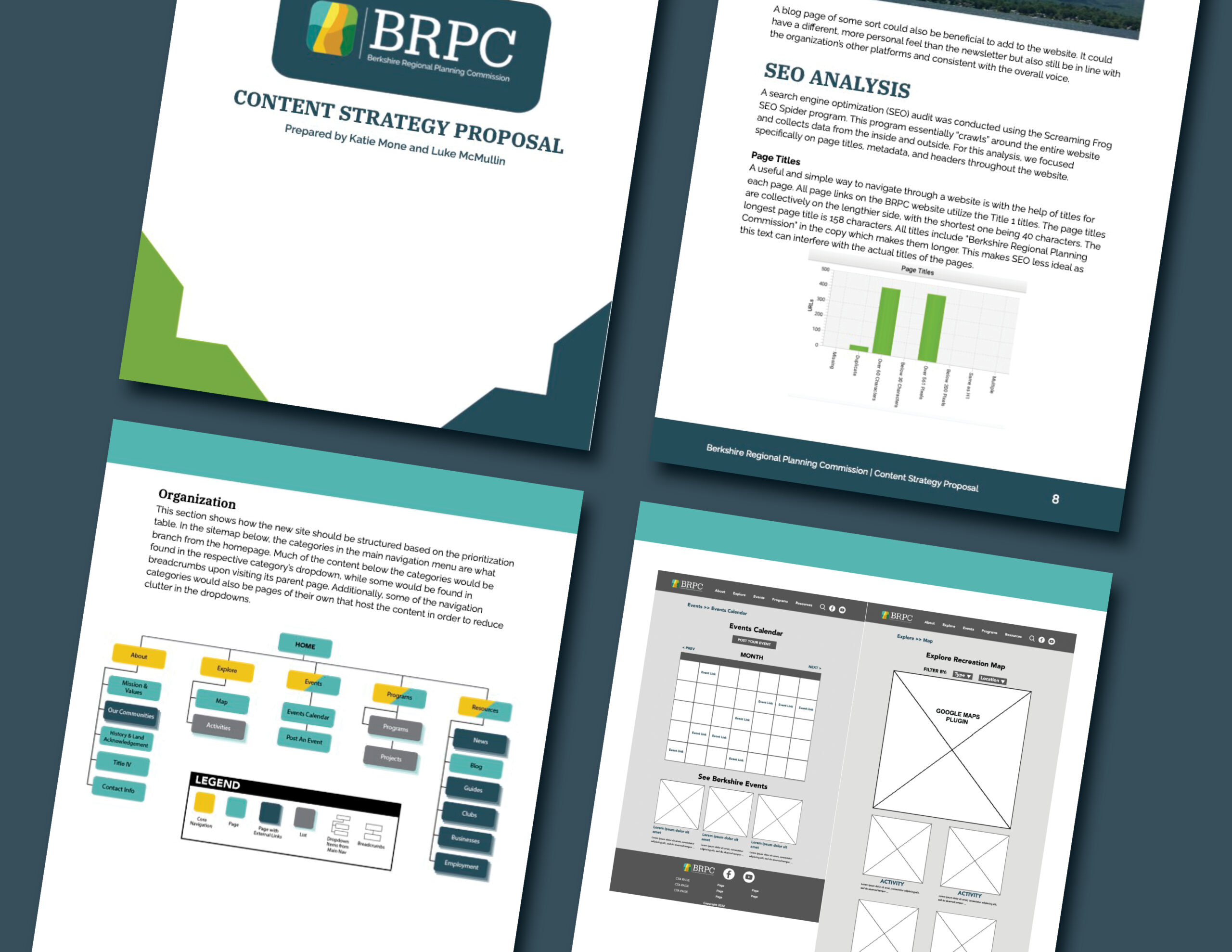
Photo by Austin Distel on Unsplash
Content is everywhere, especially given the dominance of the World Wide Web in today’s society. But what are the processes that produced said content in the first place? How does one systematically go from Point A (the idea) to Point B (the finished product), and is this method producing meaningful results for the consumers and business? These questions are what content strategy is all about answering.
With content strategy, you are not just making content; instead, you are actually trying to develop the full picture for your business or organization. This ranges from planning the workflow and organizing with your stakeholders to designing, producing, and analyzing the content.
In order to make better sense of content strategy, it is a good idea to know what has and hasn’t changed in content strategy as a profession in the past decade and why stakeholders are even involved in content strategists’ work in the first place.
How Content Strategy Has Changed
Although elements related to content strategy have been incorporated in business practices for a long time, content strategy as a distinct profession has only recently boomed in the past 15 years. In a span of one year alone, mentions of ‘content strategy’ on the web skyrocketed from 286,000 results in 2008 to 4.2 million in 2009, probably due to the very successful first content strategy conference that took place in Vancouver in 2008.1 Furthermore, the demand for content strategy professionals has seen tremendous growth over the past decade.2 In 2010, there were only 763 people using the title content strategist on LinkedIn; just seven years later, that figure became 34,950.
Because the way that content was produced was radically changed in tandem with the rise of the internet, the practice of content strategy had to evolve with it. As systems became increasingly complex, the main challenge was for industries to come up with the best ways to automate the processes of “managing and delivering intelligent content.”1
Despite content strategy’s ever-changing practices with the internet and the industry’s booming appeal over the past decade, the concept of content strategy has remained roughly the same. As a content strategist, you are planning, developing, designing, producing, and managing content for your employer. Additionally, you are analyzing and measuring the effectiveness of it.3 None of this has changed over the years, and unless the definition of content strategy radically changes, the field will probably continue to incorporate all of these essential functions.
The Importance of “Buy-in”
Let’s say that you’ve recently been hired as a content strategist, or as some kind of online marketer who needs to develop a content strategy. So why do you need to worry so much about “buy-in?” Aren’t your stakeholders (i.e. your boss, colleagues, and outside interests) on board with whatever you come up with?
Not so fast. Megan Casey, the author of Content Strategy Toolkit, spends a few chapters discussing the methods and politics of making strategy pitches to stakeholders. She makes an excellent point on how people aren’t as open to change as one may think (even if developing a change in course is your job), especially when budget and investment are involved. She states that your stakeholders have most likely “been burned before by bright, shiny new sites and apps and big ideas that [ultimately] made no impact on sales, client acquisition, the brand, or revenue” (16).4
Casey also emphasizes that “almost everyone [in your organization] touches or shapes the content” that is produced in some way. They may even have a direct hand in creating it. (27).4 Therefore, before following through with any strategy, it’s crucial that you first convince an already-skeptical (and perhaps pessimistic) group of people that your strategy is sound.
Additionally, there is a very pragmatic reason for getting buy-ins from your stakeholders: setting your project objectives. Doing so actually often requires participation from your stakeholders, according to Casey. This way, they are filled in on how your systems work, what your goals are, what their roles are in the project or creation of the content, and what potential objective changes there may be throughout the project or content creation (37).4
Closing Thoughts
Content strategy is a growing field that has ever-changing practices while staying true to its core concepts. More importantly, it is not independent work; it requires high cooperation among everyone involved in the strategy including important members of your organization. Making sure that you and your stakeholders are on board with your strategy, keeping up-to-date with the most recent practices, and modifying strategies accordingly are the first steps to success for your organization and the content you are providing to the world.
References
1Bailie, R. A. (2021, February 5). An uneven history of content strategy. Medium. https://rahelab.medium.com/an-uneven-history-of-content-strategy-d514cfd7eee5#_ftn69
2Friendly, F. (2017, July 31). Why content strategy is the smart career move for journalists. Medium. https://medium.com/@Future__Friendly/why-content-strategy-is-the-smart-career-move-for-journalists-c576610bc70
3Chegg.com. (n.d.). Www.chegg.com. Retrieved October 30, 2022, from https://www.chegg.com/career-center/explore/content-strategist
4Casey, M. (2015). The content strategy toolkit : methods, guidelines, and templates for getting content right. New Riders.





